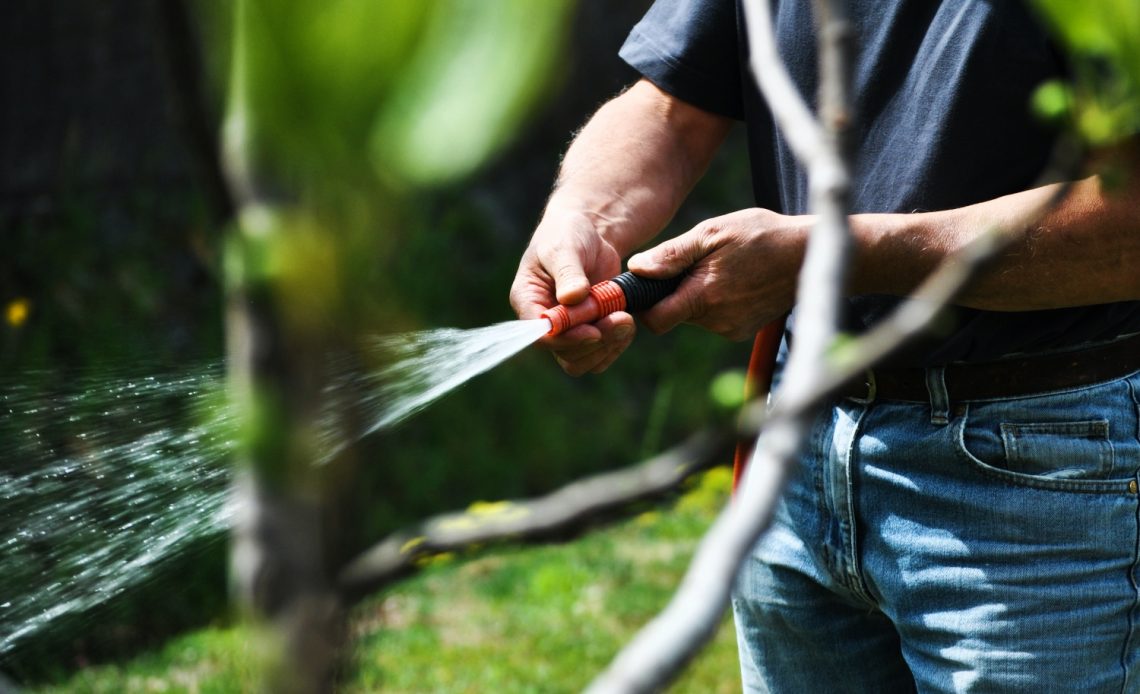

We’re here to help! Wild Yards is a completely free website that is 100% dedicated to helping you create a wildlife-friendly, sustainable yard. Read more
WildYards is reader-supported. When you buy a product through a link on our site, we may earn a comission. Every product is independently selected by our (obsessive) editors and our reviews are unbiased and objective. Read more about our mission or our privacy policy.
Plants need water to survive, we all know that. But how often you’ll need to water your plants varies greatly depending on the plant’s water requirements as well as how much rainfall you receive. Some plants, like Nandina, are very drought-tolerant. They can go long stretches in between waterings. Other plants, like ferns, seem to drink up every last drop you give them. If you’re new to gardening and you need some help when it comes to watering, you may be wondering when to water your plants and how long to water plants with a hose.
Different plants have different water requirements. But, in general, it’s best to give plants 1-inch of water per week. A single watering with a soaker hose that allows water to penetrate far into the soil, where the plant’s deepest roots can reach it, is best.
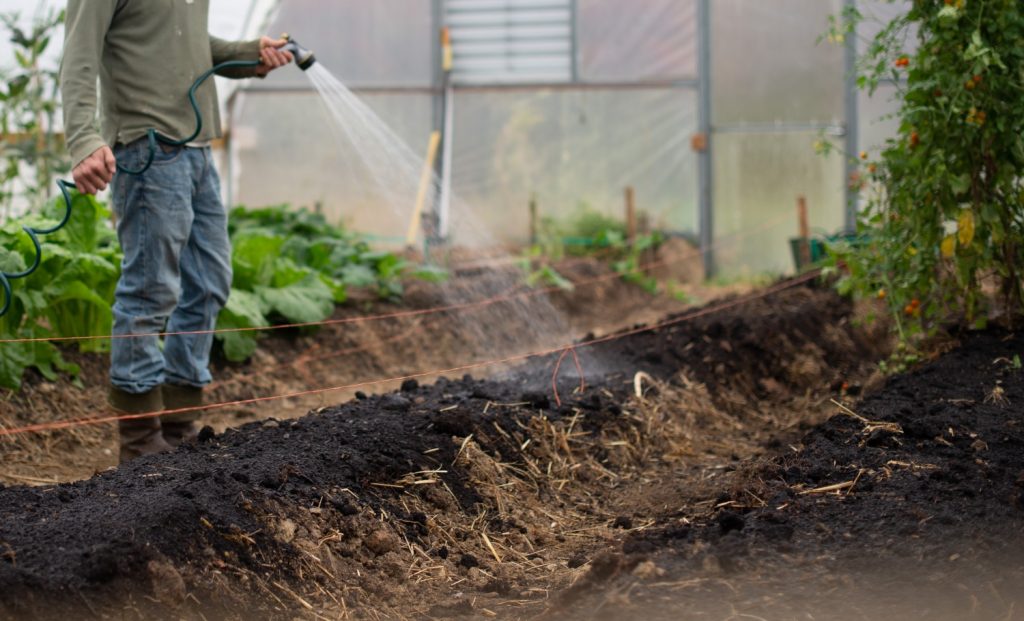
How much water do plants need?
Some plants will grow just fine in moist soil. Basil, for instance, is happy to be planted where the ground stays damp. But other plants, like rosemary and lavender, grow best in dry, arid conditions. Try planting these two herbs in overly moist soil, and they’ll soon die from root rot.
It’s tough to say just how much water any plant needs because it varies depending on the plant’s species, the soil it’s growing in, and how much rainfall it’s received recently. It’s always best to research your garden plants to learn more about their water requirements.
A good rule of thumb is to give plants 1-inch of water every week, but some plants may need more than this, and others may need less. It’s also best to use infrequent deep, soaking watering rather than frequent light watering.
How can you tell when plants need water?
Most plants need to be watered 1 to 3 times a week. But before you water your plants, first check their soil to make sure they actually need it. Stick your finger 1 to 2-inches into the ground. If the soil is powdery and dry, then it’s time to give them a good watering. But if the soil feels damp, wait a day or so before giving them another drink.
You never want to let your plants get to the point where their leaves turn brown and begin drying up. Water stress can greatly hinder a plant’s growth and ability to reproduce. But, on the other hand, you don’t want to let your plants sit in a puddle of water for days at a time, either. It’s important to give your plants enough water to stay hydrated without flooding the soil and preventing oxygen from reaching the roots.
What’s the best way to water plants with a hose?
When watering your plants with a hose, it’s best to water the base of the plant alone. There’s no need to get water on the foliage, as the plant’s leaves and stems do not absorb water. In fact, if the plant’s foliage stays wet for too long, it may develop powdery mildew.
You can use any old garden hose to water your plants. But if you’re growing plants with similar water requirements in a large space (a patch of blueberries, for instance) you may find a soaker hose works better. Overall, soaker hoses are more efficient than traditional hoses and can help you cut down on your water bill.
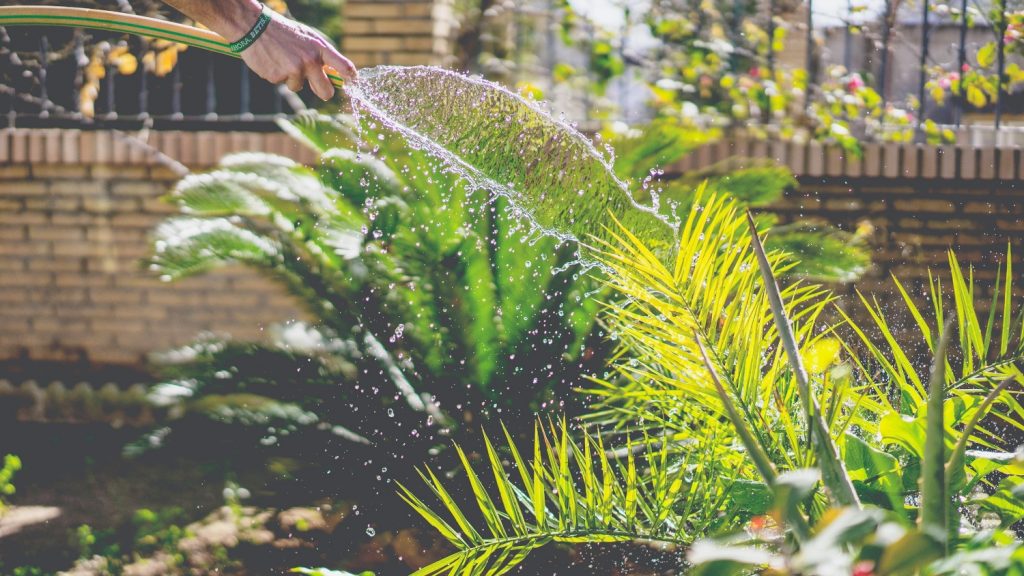
How long should you leave the hose on your plants?
If you’re using a regular hose, turn the water on to a heavy trickle, and hold it at the base of the plant. For small plants, hold the hose for 30 to 60 seconds. For medium plants, time 2 to 4 minutes. And, for larger plants, you can leave the hose on for 7 to 10 minutes.
If you’re using a soaker hose, the timing is a bit different. These hoses are porous and designed to water slowly, so you’ll have to leave them running for much longer. A 10-foot soaker hose will release 6 gallons of water per foot in an hour’s time. So, if you want to give the plants in your flower bed a good 1-inch soak, you’d need to allow your soaker hose to run for 2 hours and 20 minutes. If you’re watering a vegetable garden, run the soaker hose for 45 minutes twice a week.
Be sure to water your plants in the morning, so the sun can burn off any excess moisture. Watering your plants at night lets the water pool for too long, which encourages the development of powdery mildew.
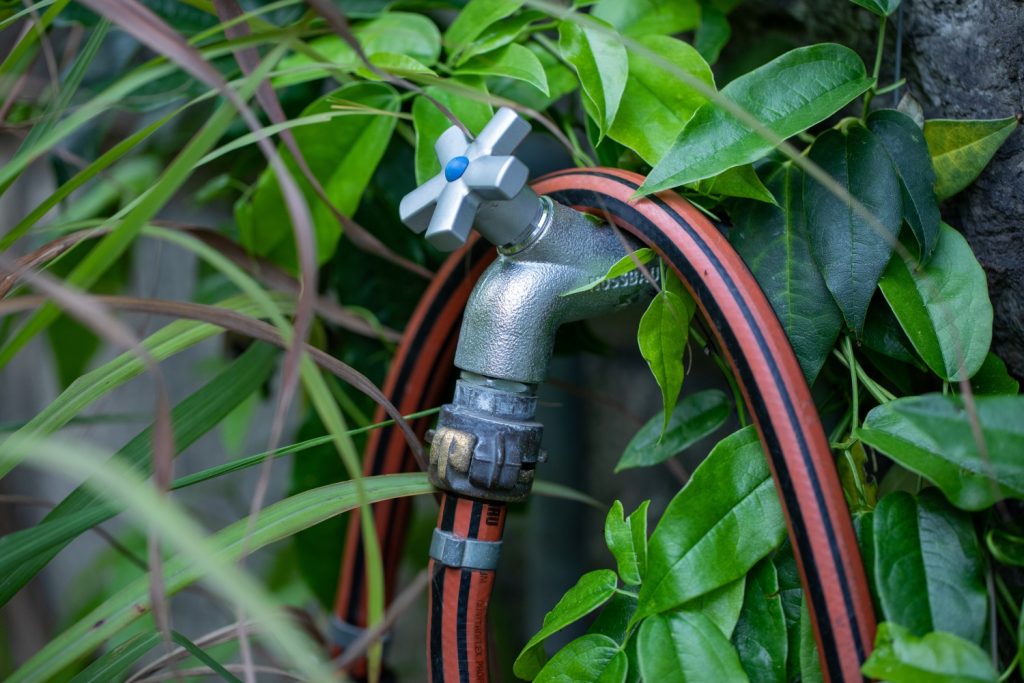
Should you use broadcast sprinklers to water your plants?
Broadcast sprinklers have their uses. They’re great for keeping your lawn watered. But they’re less than ideal for watering flower beds. Broadcast sprinklers get foliage wet, which promotes fungal infections. If it’s especially hot and dry outside and you use them early in the day so the sun has enough time to dry up the excess water, you can use them to water your flower beds. Otherwise, they’re more trouble than they’re worth.
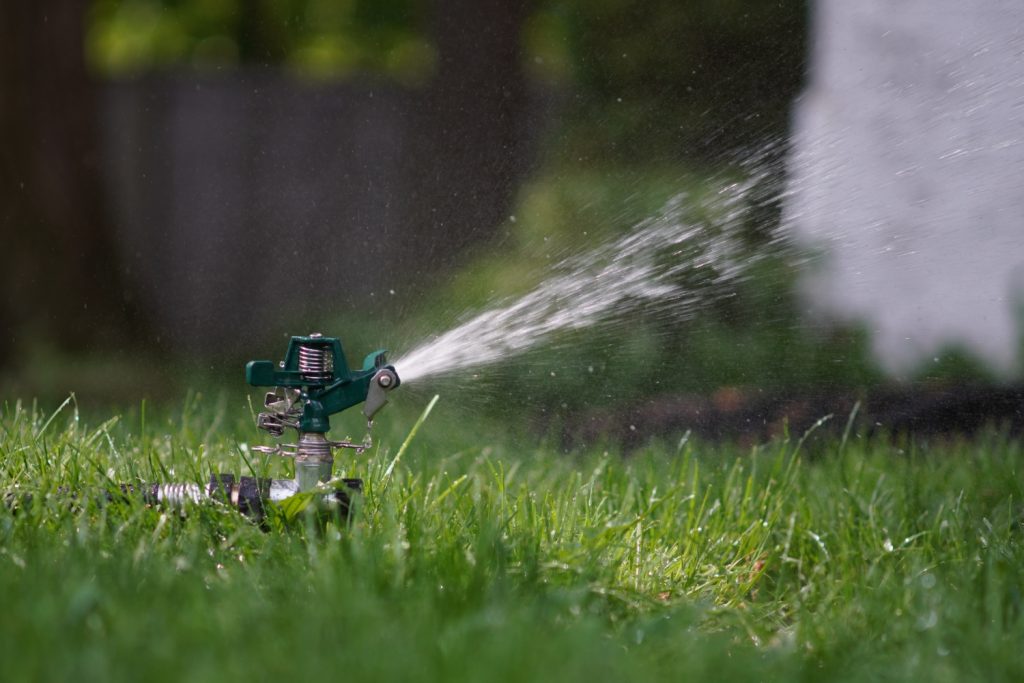
How often should you water seeds and seedlings?
When starting plants from seeds, it’s important to keep the ground moist at all times. If the soil dries out, your seeds will likely fail to germinate. Seedlings, too, require plenty of water.
Because seedlings don’t have super deep roots, you won’t have to spend too long watering them. You will, however, need to check their moisture level daily, sometimes twice daily. Anytime the soil feels dry, give them enough water to moisten it back up. You don’t want to leave the seedlings sitting in water, but never allow their soil to become powder-dry.
You should keep the soil moist for your seedlings until they develop 5 to 7 sets of true leaves. At this point, the plant will be established enough that you can begin treating it more like an adult plant. Allowing the soil to dry out a bit between waterings will help the plant grow stronger.
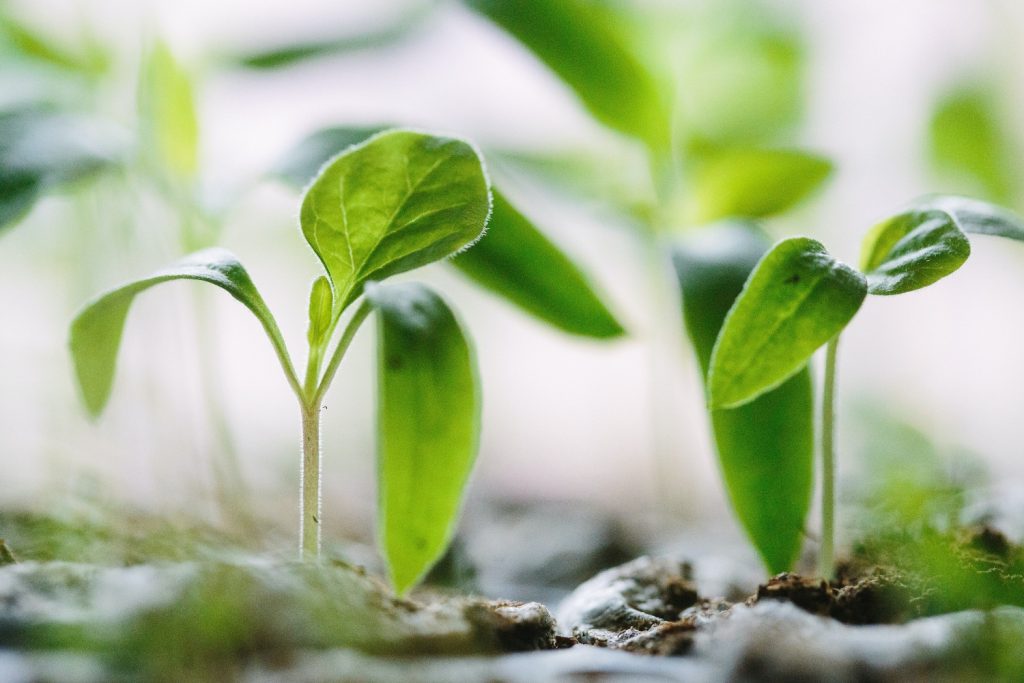
How often should you water plants that have been newly transplanted?
Transplanting can be a stressful time for your plants. Taking soil from the plant’s original space and incorporating it into its new hole, digging a hole that is 2 to 3 times as wide and deep as the plant’s roots, and making sure the plant’s light and soil requirements are being met will help the plant adjust to its new home. But water is the key to preventing transplant shock.
Keep the soil surrounding your newly transplanted plants moist, but not soggy, for 1 to 2 weeks after transplanting. This won’t just help the plant stay hydrated, but it also makes it easier for roots to break through the soil so the plant can become established more quickly.
After 2 week’s time, if the plant is adjusting well, you can wean it off daily watering. Switch to watering it deeply 2 to 3 times a week, for a week or two more. Then you can start watering it as you would an established plant.
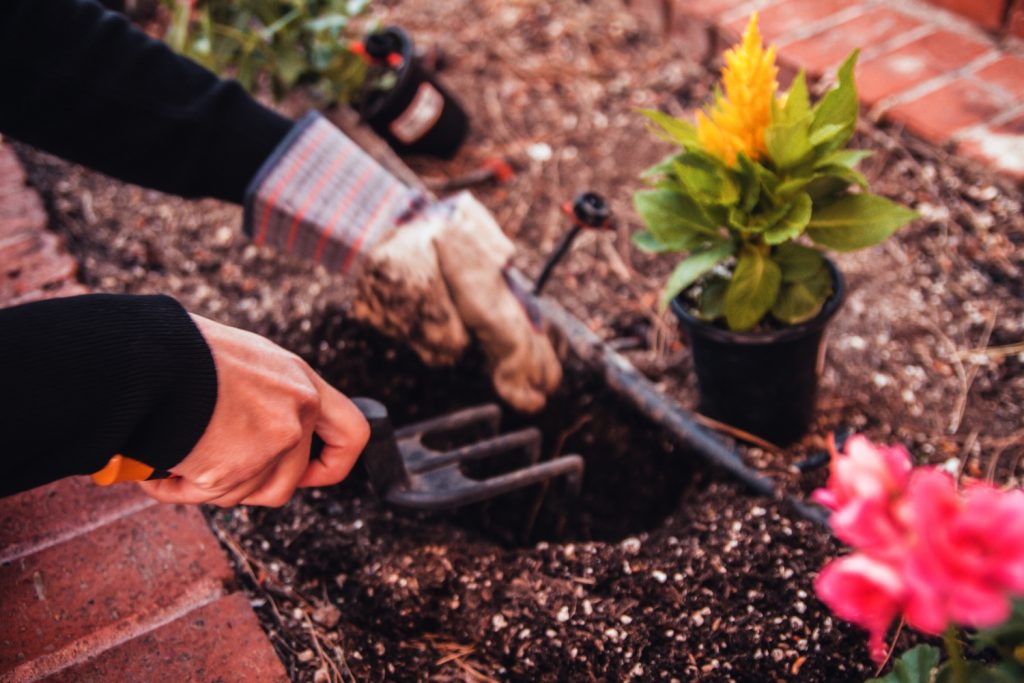
How often should you water established plants?
In general, established plants should be watered anywhere from 1 to 3 times per week. Again, this all depends on the plant in question. Willow trees, for instance, have high water requirements. You really can’t overwater these trees. Post oaks, however, are more than capable of withstanding drought conditions, so they may not appreciate such frequent watering.
If you receive regular rainfall, that may be enough to keep established plants happy. If the ground starts to dry out between rains, a good soaking watering is needed to keep your plants hydrated.
If your region goes extended periods between rain, especially if it’s hot out, you may need to water your established plants 5 to 7 times a week. Check the soil up to 8-inches down for moisture. If the soil is dry at that depth, it’s time to give your established plants a good watering.
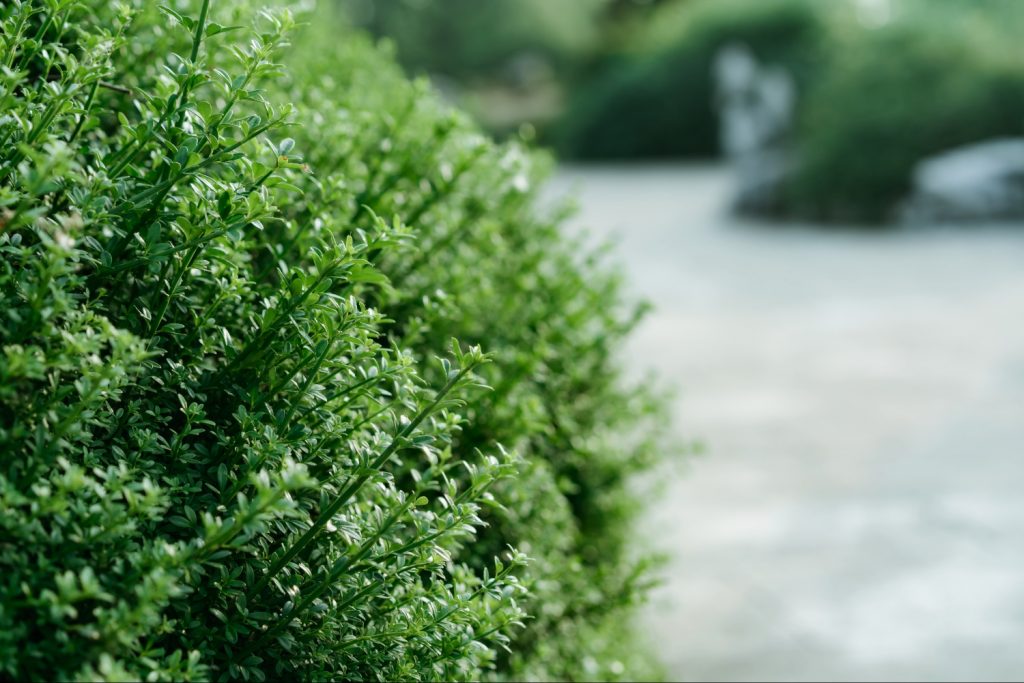
When should you water plants that are growing in pots?
Plants growing in pots dry out much faster than plants growing in the ground. For this reason, you’ll have to water them more often. Most potted plants will need to be watered every day or every other day — more frequently when it’s hot outside and less frequently when it’s cool.
If your busy schedule prevents you from watering your potted plants regularly, consider installing automatic watering globes. These waterers provide potted plants with a steady supply of water over the course of several days, which saves you time.
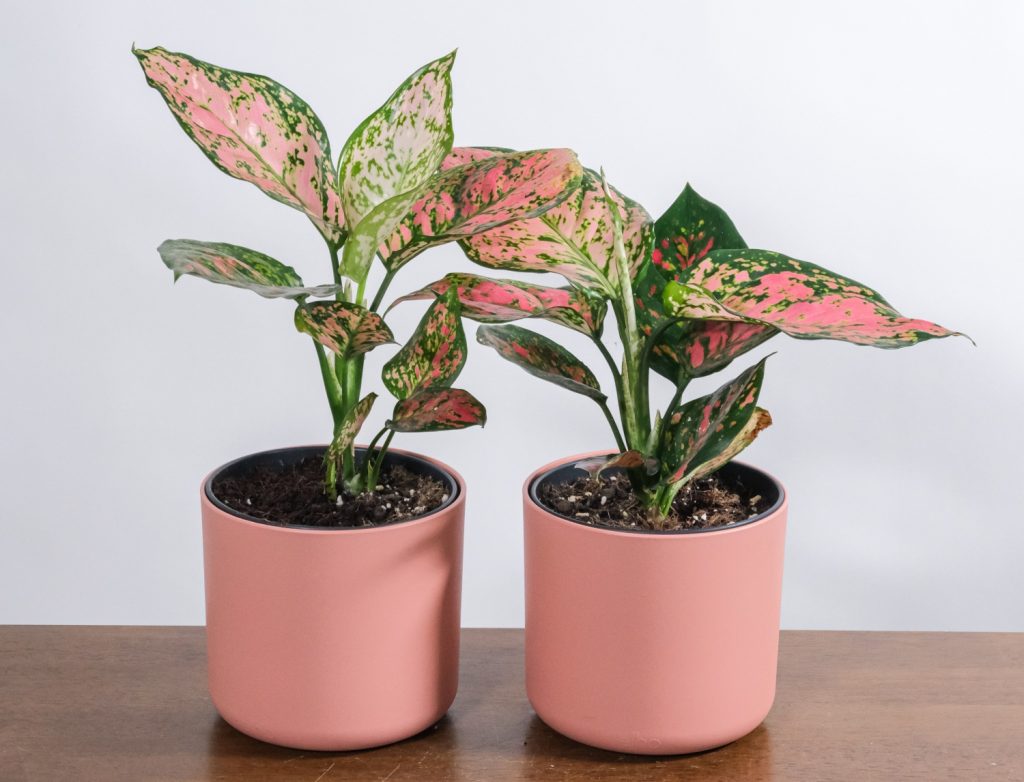
How can you help prevent moisture loss?
If you want to save water and cut down on labor, consider adding a layer of mulch to your flower beds. Old lawn clippings, wood chips, and hay work well. Applying a layer of mulch 2 or 3-inches thick helps lock in moisture to promote plant growth, plus it cuts down on watering time. Just be careful not to overwater your flower beds after you apply the mulch, as this can result in a mushroom outbreak.
Watering your plants doesn’t have to be difficult. Just check the soil regularly and listen to what your plants are telling you. If your plants are wilting, give them some water. But if your plants are growing well, stick to your current watering schedule and your garden will grow just fine.
